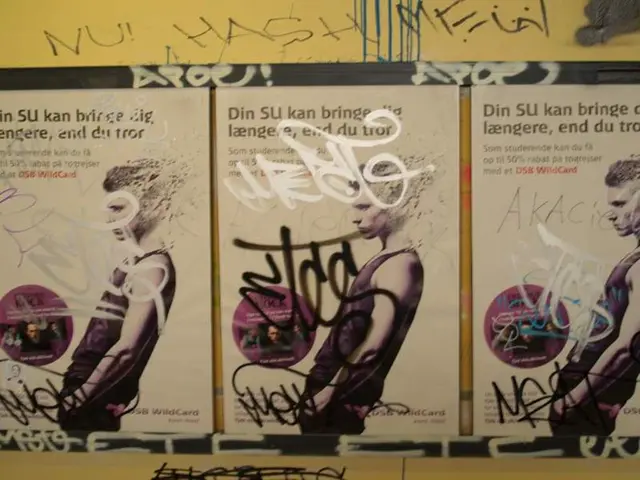Police station surveillance: Supreme Court initiates case independently over missing security cameras
The Supreme Court of India has taken a significant step towards ensuring accountability and transparency in police stations across the country. In a landmark judgment delivered by a Bench of Justices Rohinton Fali Nariman, KM Joseph, and Aniruddha Bose in 2020, the installation of CCTV systems in police stations was made mandatory.
The case was initiated by Justices Vikram Nath and Sandeep Mehta based on a report in Dainik Bhaskar newspaper, which highlighted the lack of functional CCTV cameras in police stations. The court's order directed for a public interest litigation titled 'lack of functional CCTVs in police stations'.
According to the judgment, CCTV systems installed in police stations must be equipped with night vision and audio recording capabilities. This is to ensure that any incident, whether it occurs during the day or night, can be recorded and potentially used as evidence.
In the event of a serious injury or custodial death in a police station, individuals can file complaints with Human Rights Courts. These courts can then summon the CCTV footage for safe-keeping. The victims are entitled to access the CCTV footage in the event of a violation of their human rights.
The judgment does not specify any new deadlines or penalties for non-compliance with its orders. However, it is clear that the Supreme Court expects all States and Union Territories (UTs) to install CCTVs with night vision cameras in each and every police station across the country.
In areas without electricity or internet, the States/UTs are responsible for providing the necessary infrastructure using alternative means like solar/wind power.
The Supreme Court also extended its order to central agencies. The top court directed the Central government to install CCTV cameras at the offices of Central Bureau of Investigation (CBI), National Investigation Agency (NIA), Enforcement Directorate (ED), Narcotics Control Bureau (NCB), Department of Revenue Intelligence (DRI), Serious Fraud Investigation Office (SFIO) and any other central agency office where interrogation of people is carried out.
Despite the court's directions, police have often cited missing or non-functional CCTV footage as an excuse when asked to produce evidence. The judgment does not mention any specific action taken against police for hiding behind this excuse. The issue of maintaining or monitoring the functionality of the CCTV systems once installed is not addressed in the judgment.
In the last 7 to 8 months of 2025, there have been 11 deaths in police custody. The lack of functional CCTV cameras in police stations has raised concerns about accountability and transparency in such incidents. The Supreme Court registered a case suo motu over the lack of functional CCTV cameras in police stations on Thursday.
The installation of CCTV cameras in police stations is a significant step towards ensuring the safety and rights of individuals in police custody. The Supreme Court's judgment underscores the importance of transparency and accountability in the justice system.
Read also:
- Impact of Alcohol on the Human Body: Nine Aspects of Health Alteration Due to Alcohol Consumption
- Understanding the Concept of Obesity
- Lu Shiow-yen's Challenging Position as Chair of the Chinese Nationalist Party (KMT) Under Scrutiny in Donovan's Analysis
- Tough choices on August 13, 2025 for those born under Aquarius? Consider the advantages and disadvantages to gain guidance








